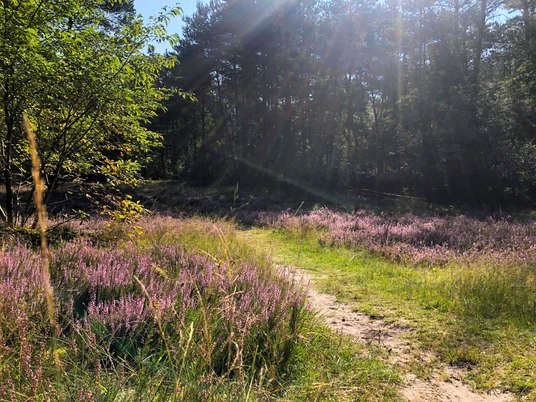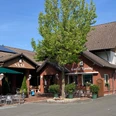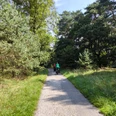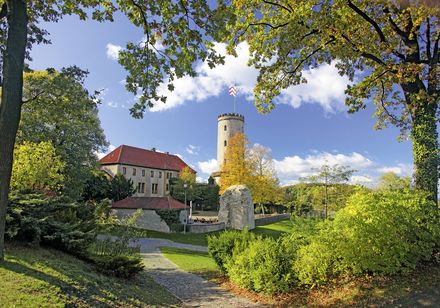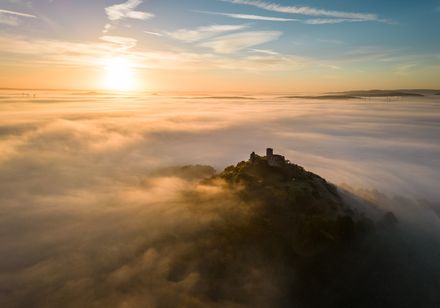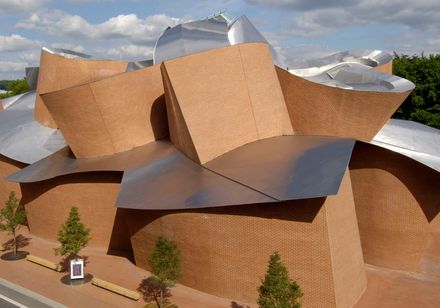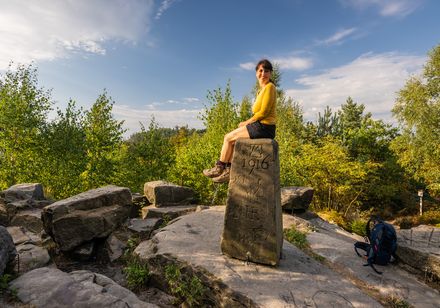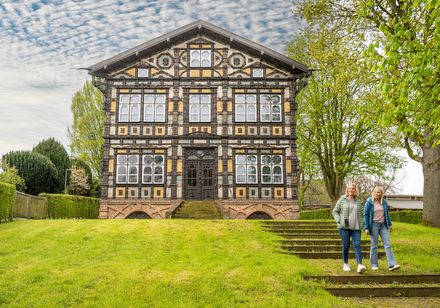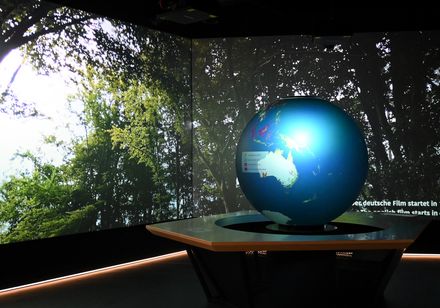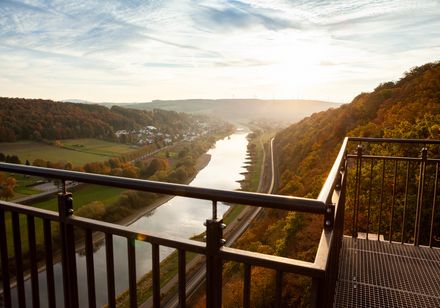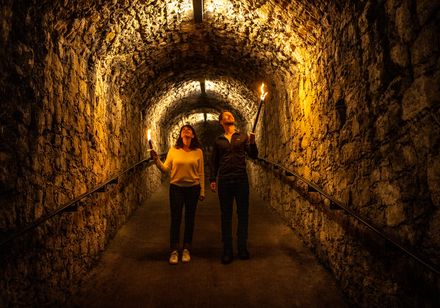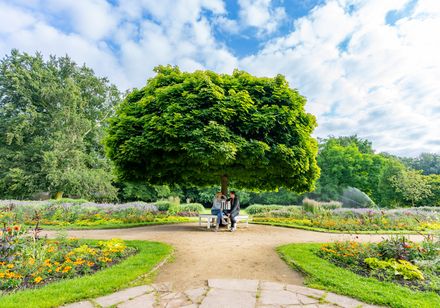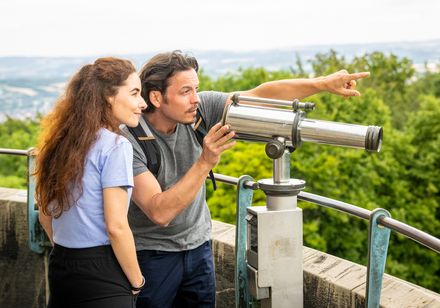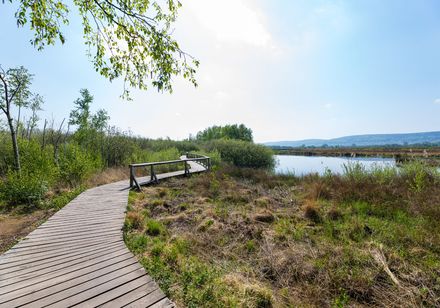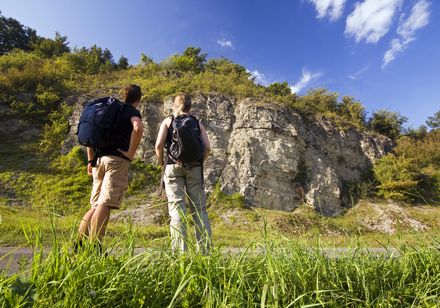The Moosheide is a cross-district nature reserve covering almost 450 hectares and is located in both Schloss Holte-Stukenbrock and Hövelhof.
The landscape of the Moosheide is mainly characterized by dunes, water-bearing box valleys, wet meadows and dry valleys (sandy dry meadows). In addition to isolated areas of arable land, there are extensive pine forests and heathland. The latter are mainly maintained by the Paderborner Land Biological Station's herd of heather sheep.
More than 450 different plant species can be found in the nature reserve, including many Red List species. These include the kingfisher, woodlark, whitethroat, sand martin, natterjack toad and sand lizard.
A nature trail informs visitors about the nature reserve at 21 stations. The northern loop from the Ems Adventure World to the source of the Ems and back forms the Ems Adventure Trail, while the southern loop is the heathland.
The drifting of the sandy soil led to another special feature of the beautiful alpine pasture landscape: inland dunes were formed, which are among the oldest inland dunes in north-west Germany. In the area of the military training area, drifting and dune formation are still active, and in other fields of the Senne this was counteracted by afforestation with pine trees. Blow-out basins, i.e. the areas from which the dune sand originates, are depressions in which ponds and bogs (rainwater bogs) have formed over time.
This has created an open yet structurally rich landscape in the Senne, which forms important habitats for rare plants and animals thanks to its special features that are rarely found elsewhere.
Good to know
Openings
General information
Parking Available
Bus stop available
Eligibility
Suitable for any weather
for Groups
for Class
for families
for individual guests
Suitable for the Elderly
Payment methods
Directions & Parking facilities
The nature reserve is best reached by car via the A33 highway, taking the Stukenbrock-Senne exit. Then turn right onto Paderborner Straße and after about 2.1 km turn onto Am Furlbach, after 500 m turn right onto Senner Straße and follow this road for 700 m. After about one kilometer, turn right into Jägergrund, where you will find the Emsquellen hiking parking lot. From there you can easily reach the nature reserve on foot.
The SHS 3 cycle path, the Ems-Erlebnis hiking trail and the X 3 hiking trail lead past the nature reserve.
Social Media
License (master data)
Nearby

